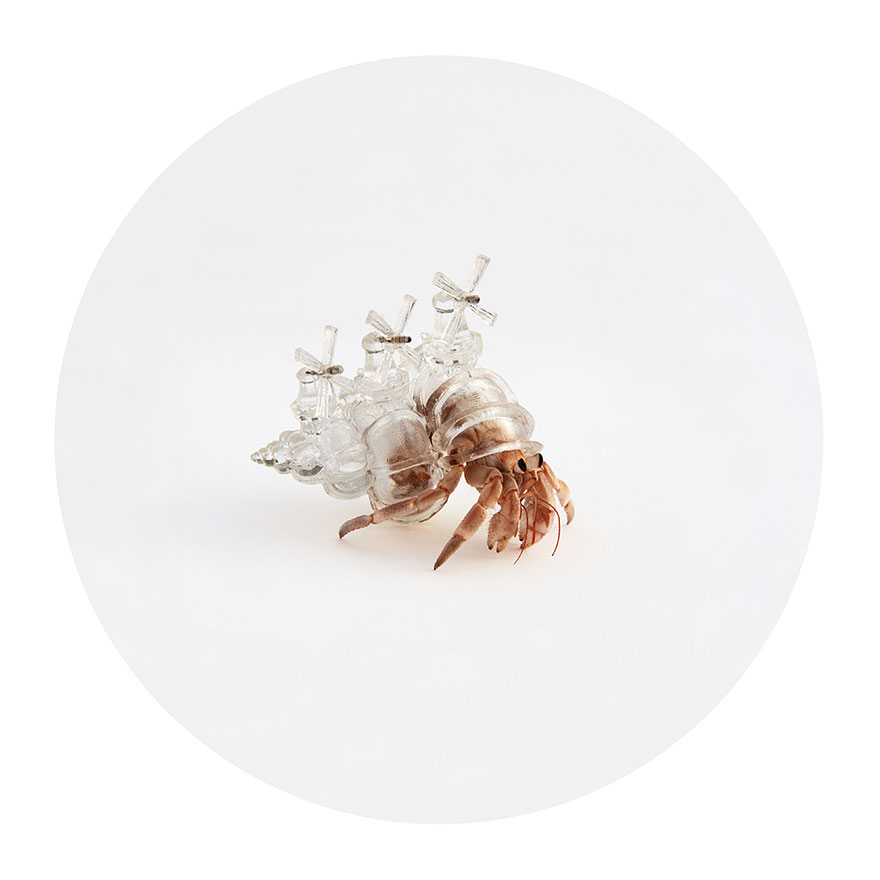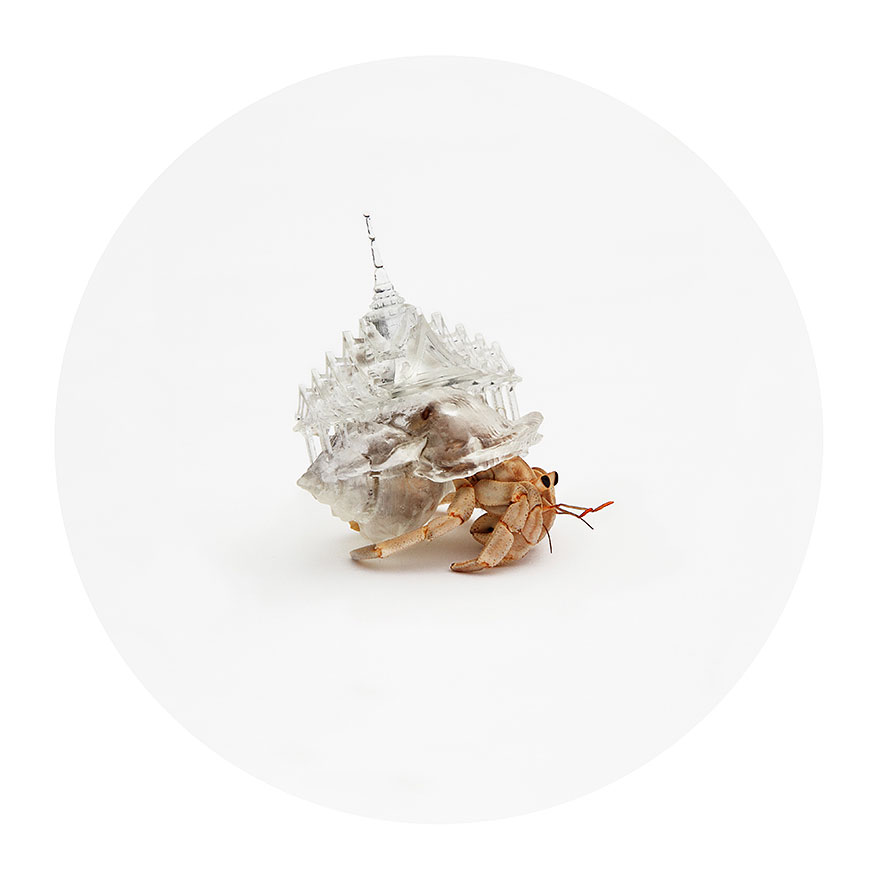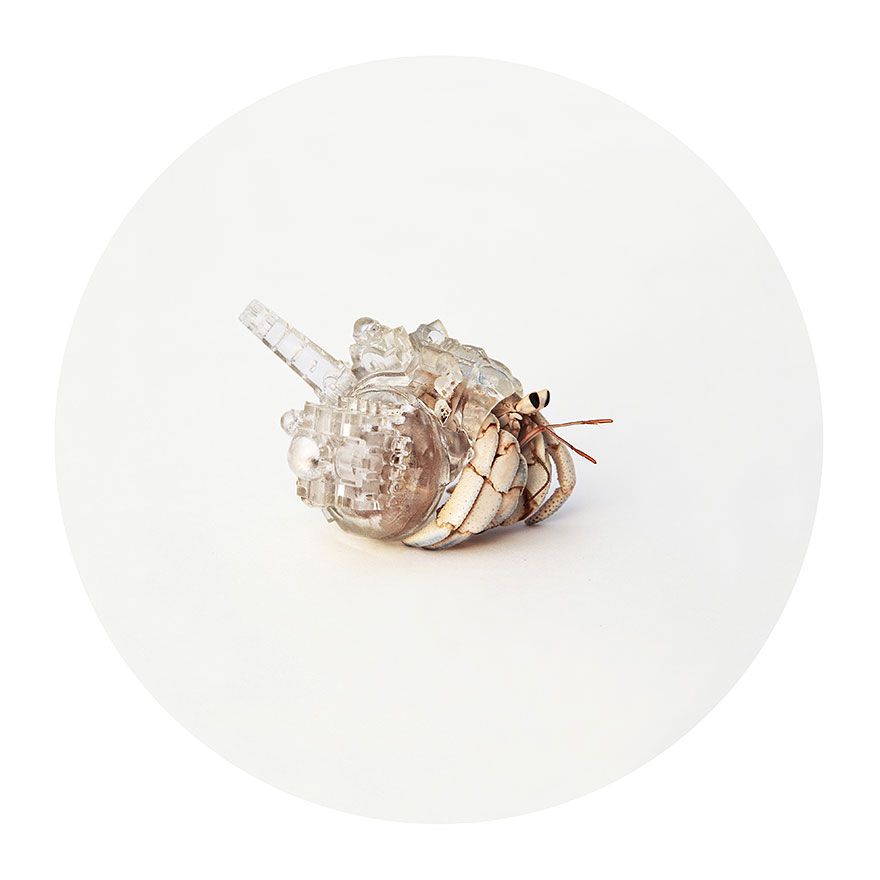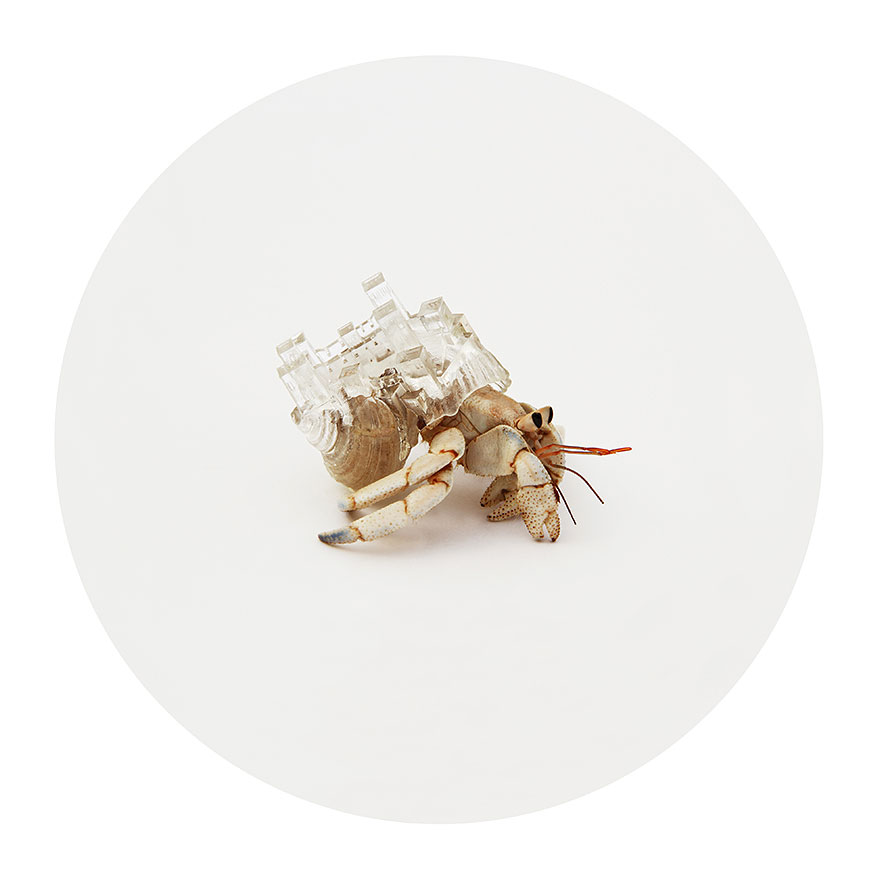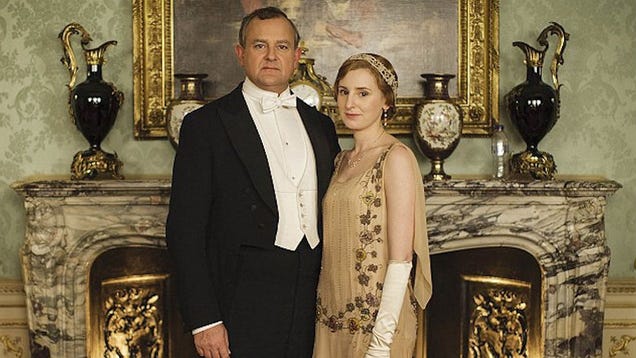
When you punish a person for dreaming his dream
Don't expect him to thank or forgive you
The best ever death metal band out of Denton
Will in time both outpace and outlive you
Hail Satan!
Hail Satan tonight!
Hail Satan!
Hail hail!
-The Mountain Goats, Best Ever Death Metal Band in Denton
Wolf in White Van is the first novel from the man who might've been the Poet Laureate of the United States of America, despite having only really written songs about lonely people and monsters. As the sole founder of the beloved indie folk band The Mountain Goats, John Darnielle is no stranger to touching people with his words—in The New Yorker, Sasha Frere-Jones once called him “America's best non-hip-hop lyricist.”
In October 2012, a few thousand people signed a petition for the White House to bestow on him the same honors once held by Elizabeth Bishop, Gwendolyn Brooks, Mark Strand, and Louise Gluck. The power of Darnielle's lyrics are such that it's not hard to envision his name on the historic list of our most highly honored poets.
More than the lyricism of his work, Darnielle is known for the power of storytelling and myth-making in his songs, and has crafted characters that live on in the hearts of fans the world over. Consider, by way of example, Jeff and Cyrus, “a couple of guys who’d been friends since grade school,” who are the subjects of the first song on The Mountain Goat's 2002 album All Hail West Texas. Once you've heard the fuzzy, tape recorded voice of John Darnielle hissing “Hail Satan” over his single, forcefully strummed acoustic guitar a few dozen times, the hopes of young Jeff and Cyrus will become a part of you, no matter how you feel about pentagrams. As Martin Seay wrote in his recent article on the power of this one single song, for The Believer, “Here, as elsewhere, Darnielle’s angry, earnest, defiantly uncool project is to reclaim for awkward adolescence—which has no escape route, no better option than to stand its ground and reject what would assimilate it—the moral authority that is its rightful due.”
![]()
Wolf in White Van is a novel that unspools rather than reads. Told in a tricky, deftly structured reverse chronology, the narrator, Sean Phillips, backtracks to a traumatic teenaged event: the gun incident that sets him up for life as a dramatically disfigured recluse. As an adult, he participates in the world primarily as the master and inventor of an elaborate choose-your-own-adventure game, Trace Italian, that people play through the mail.
Sean's injury limits his ability to perform some tasks and he lives in chronic pain. His disfigurement is so severe that other people are intensely unnerved when they set sights on what is left of the face he was born with; at one point he walks by a group of young men in a liquor store parking lot. “People like me prefer teenagers to other people,” Sean narrates. “They are not afraid to stare.” One of the teens, across the expanse of the parking lot, lobs an opening conversational salvo: “Dude, your face.” In another scene, Sean is required to meet a group of people in an official capacity. He worries if the people he's required to meet with have been adequately prepared to behold his face: “[U]nless you work in the medical field somewhere, you can't really be prepared to meet me, I don't think. It is always a surprise.” Having suffered the injury at seventeen, Sean has been unemployable for the entirety of his adult life, and supplements his meagre insurance payout with the subscriptions he sells for his role-playing game.
Darneille has a masterful way of putting the reader in the position of reverse engineer. Sean's voice, which can turn toward the lyrical when he's relaying his impressionistic fantasies as a child of being an all powerful demon (a somewhat darker version, perhaps, of Maurice Sendak's Max among his Wildthings), initially seems reticent, private. We see the iceberg in the distance, and are permitted to work very slowly from the bracing surface down into his dark depths.
The official goal of Trace Italian is to get inside of a large fortress, the Trace, but no matter how optimal a strategy a player might devise, it takes thousands of moves to get even to the perimeter. The game has an almost infinite number of near-meaningless consequences; you may choose your moves and they will lead to more choices, more moves. Sometimes a player will make a choice that leads to a months-long detour, sometimes they will choose moves that streamline the journey. The game is a story that people pay to have a part in the telling of, an exercise more in narrative than agency.
The novel foregrounded a recent event in Sean's life: two teenagers tried to map the game onto the plane of real life. One turn presents two options: to lie in the cold overnight, or to press on and find shelter. The options seemed equally dangerous, and the teens write back to say they're choosing a third option of their own invention. They choose to dig. The move cannot be contained by the logic of the game. Sean has no previously devised outcome for the action. Not that it matters—the teens were out in a real field and they literally dug into the actual earth. It was a cold night, and one of them died. The other sustained cold-related injuries.
Sean is beside himself; he's initially unsure how to figure his role in the tragedy—the game, a work of art, had repercussions he could not have known or predicted. “Trying to express the feeling I had [when the one teen died] is like trying to describe what you see when your eyes are bandaged: it's not impossible, but it's different from describing something you can actually look at…It's trying to describe something at which you are unable to look directly.”
When the dead teen's family tries to sue, he sees for himself his lack of legal culpability; but Darnielle isn't quite making the same argument. In fact, he's just this side of asking a question: the experience of art, of music, narrative, can entangle so tantalizingly with a troubled consciousness…how can we separate art from feeling, feeling from action?
![]()
Just before Christmas in 1985, two teenage boys were somewhat drunk and slightly high when they decided to go to a park and shoot themselves in the face.
They had spent the afternoon listening to a Judas Priest's record, Stained Class. One of the boys, Ray Belknap, died immediately. His best friend, James Vance, survived pulling the trigger, slippery with Belknap's blood, of a twelve-gauge shotgun he had placed beneath his own chin. He decimated his jaw, tongue, and cheekbones. Part of his trachea imploded. But he lived.
As a lawyer would later point out in court, because his life didn't end, a lawsuit was made possible; the mothers of both Belkan and Vance went on to sue the members of Judas Priest, and CBS for distributing the material that Vance believed “mesmerized” the boys into a suicidal stupor, through subliminal messages embedded into the music.
The lawsuit was dismissed in August 1990 after only two weeks in court. In Dream Deceivers, a documentary that follows the high profile trial, filmmaker David Van Taylor has several brief interviews with Vance. The footage is hard to watch; Vance's face is a grotesque image of human frailty—his eyes seem recessed into a haphazard slap of putty, his nose an asymmetrical bulb that clearly balloons into his field of vision. He has no lips. He looks like a caricature of a ghoul, the uneven features of an incongruous puppet animated by alarmingly human eyes. Looking at him, it is impossible not to be aware that you are looking directly at pain.
“People don't know what it's like to have to open your whole life after you've had a horrible experience like this,” Vance says into the camera. It's not clear if he's talking about his life being opened as a byproduct of the sensational nature of the case, or if he means simply that his life was just getting started—he was 19 years old on the day he watched his friend die, shortly before he ruined his own life. “The music,” he tells us, “was just beautiful. We would get power from it, and our emotions would just soar with the music.”
Vance died from a methadone overdose just before the case went to court, though it was statements taken from his three depositions which formed the backbone of his family's case against Judas Priest. He said he believed both he and his friend were acting under the influence of alcohol and coded messages in the music on Stained Class. Vance and Balknap both experienced plenty of pain before they came to heavy metal—each had survived a childhood colored by having at least one addict parent, abuse, and restrictive, born-again Christian ideologies.
In the documentary, one Judas Priest fan wonders if heavy metal only draws fuck-ups. In the courtroom, Vivian Lynch, representing the family of Jay Vance, says that heavy metal—not the gritty, unstable, traumatic conditions of each boy's life—was to blame for the suicide. “Following the defence’s logic,” she argues, “I should have killed myself ten times over.” Her personal history of escaping an abusive relative, growing up in an orphanage on Long Island, being stabbed in the back while she was several months pregnant, made it into her court room remarks. She survived all this, she survived to tell her story.
![]()
John Darnielle is a writer and musician who distills so beautifully the alienation that comes with deep feeling. Fans and critics love him for the simplicity and inventiveness he brings to buildng a bridge across the traumatic chasm of being alive. He can make the psychic rupture of a divorce into a drinking dirge, and he can imbue Jimi Hendix's tragic death with the special pathos of the banal. And he is the man who wrote and recorded the album that enables me, whenever I listen to it, to open a window on the most painful part of my life; he is the man who graced my life with The Sunset Tree, and so he is the man who let the air in.
Darneille's music touches people—his fans are especially ardent. They create Tumblrs, crowd-sourced lyric sheets, longstanding discussion forums. They get lonely together and at shows they act as though they've been found. Over his decades-long career, which he began by making low-fi tapes in a bathroom, he's sung songs about troubled kids starting death metal bands, Remus and Romulan, golden boy peanuts, wolves and mythical creatures. He sings about abandon and abandonment—his is an art that spins pain into gold.
It's Darnielle's particular facility with narrative and language that draws me, and, I imagine, so many others, to his work. Like many of the Mountain Goats albums, The Sunset Tree is populated with characters, and it tells a story. This one is about a child growing up with an abusive, alcoholic parent. It's a story I know well enough, myself, having survived, just barely, my own stepfather's alcoholic rage. One of the reasons I've become, over the years, so invested in narrative is because the story of what happened to me is so overwhelming and frightening that I have trouble remembering that I outlived it.
A promise in the spare liner notes of The Sunset Tree: “you are going to make it out of there alive/ you will live to tell your story.” Read in a certain mood, it feels like a threat rather than a reason to hang one's hope on.
![]()
When I was a child, I wanted to die. And with some frequency, I almost did.
When I was six I drowned myself on a public beach, rescued at the last minute by a life guard who pulled me to shore on a boogie board. I nearly choked to death at eight, and it would have been the end of me had my step-father not hoisted me up just under my ribs, dislodging what might have been a very fateful piece of shake-n-baked chicken. At 11 I would lie awake at night, wondering if there was enough Tylenol in the bathroom to take care of this whole business of being alive. Or I would imagine what it would be like to slit my wrists, wonder if I would have enough time and wherewithal to use some of my own blood to leave a message behind on the wall. So tacky, but I was young enough, I suppose, to be entirely unconcerned with the matter of good taste; I wanted to make a exit, sure, but I knew nothing about grace.
![]()
There is a theory that the self is the story one tells about their life, that the soul more or less unfolds according to narrative. Traumatic wounds transform the person who experiences them, but it's through narrative that we begin to piece back together something resembling a life.
The Sunset Tree tells a story of a kid who is made into a monster by the abuse he's suffered at the hands of his alcoholic step-father. But for some details, this is my story too. At the end of the record, both the kid and the step-father find some kind of fledgling peace. But in the tumultuous middle, Darnielle cites references as diverse as the myth of Rome's founding and the fatally collapsed lung of reggae legend Dennis Brown. In appropriating so many imagined worlds into one story about an oringinary trauma, Darnielle manages to transform the isolation of abuse into a greater sense of connectivity; simply put, you may feel alone with your troubles, and perhaps you are, but that extraordinary amount of feeling is a source of power. The intensity of your suffering can be understood, can be touched, by someone else, in fact might tie you to the pantheon of legendary, even mythical survivors.
The narrator that carries through The Sunset Tree is made into a fractal assemblage of a whole world-history of suffering—and the listener, or this one, anyhow, gets to feel the thrill of becoming part of a larger cosmos. To have known trauma is to have known that the world has never imposed order on chaos; humans are the sense-making animal, but we only fool ourselves in thinking there is any sense to be made. Our nature is hinged on a cosmic contradiction: we tell ourselves stories in order to live, goes the oft-cited Didion quotation. But to be alive is nothing like a story.
![]()
Speaking in Sean's voice, in Wolf in White Van, Darnielle puts it like this:
“It's hard to overstate how deep the need can get for things to make sense.”
And like this:
“It is a little strange to me, to be defending something that was supposed to have been a place where nothing ever really happens except inside our heads.”
![]()
Trace Italian, the game with near-infinite moves and elaborate imagined terrain, is the story within the story of Wolf in White Van. It mirrors life in a few crucial ways: the expression of a player's agency within the game is simultaneously the best part of it, and a total illusion. All the outcomes are predetermined; “There are only two stories: either you go forward or you die. But it's very hard to die, because all the turns pointing that way open up onto new ones, and you have to make the wrong choice enough times to really mean it. You have to stay focused.”
Sean Phillips seems in many ways to be based on James Vance; the disfiguring gun injury, the contemplative appeals to a larger narrative, be it from rock music, religion, or childhood fantasies of terrible power. Things happening primarily inside of heads, then. Stories.
In a short introductory interview to a particular TV-showing of his documentary, David Van Taylor gives his reasoning for making Dream Deceivers: “People in America have a hard time taking responsibility for their own actions, and feeling like they have power over their own lives.”
![]()
Look, I no longer want to die. Stories, like the many folded into Wolf in White Van, have allowed me to find peace with the senselessness of being alive.
James Vance and the fictional teens of Wolf in White Van insert their lives into stories and try to draw the bad things out—narratives in Trace Italian or heavy metal records can't fit the internal experience of having been hurt or angry, so the kids explode the stories onto life; trauma begets more trauma. But in truth, there is no narrative to make any of it less or more real, less or more easily explained. “It is a terrible thing”, Darnielle has Sean tell us, “to feel trapped within a movie whose plot twists are senseless. This why people cry at the movies: because everybody's doomed.”
Darnielle has written a book about the dangers of over-identifying with art, about the kind of terrible, all-consuming feelings that make life unbearable. He is also the artist who gave me, at least, the tools to come partly through the other side of all this senseless trauma; The Sunset Tree promised kids like me that there was something more than all that powerless hurt, something more to being alive than fear and anger. One's self can be rematerialized through other narratives. Something traumatic might undo you, and while life is not a story, or a game, the choices nonetheless multiply. The self does not need to be made up solely of experiences but can be reformed through art.
When you get to the end of the book, you arrive at the moment Sean began to become who he is for all that follows; while I'm hesitant to outright spoil it for you, by now you might've pieced it together, and the way this particular narrative unfurls it'd be pretty difficult to say you never saw it coming. Like Vance and Balknap, it turns out that Sean was once a teenaged boy who listened to music as a conduit for feeling more, or perhaps just differently than he thought he was capable of; like Vance and Belknap, he shot himself in the face. Darnielle seems to be imagining what might've happened had Vance found a more forgiving way of being alive, of being alone.
It's hard not to be swept up in the world that exists so clearly in the mind's eye, when what is real can be such shit. Losing yourself in art, in an album, a game, is more attractive when you feel like you're already, in some sense, lost; we turn to the worlds in our heads when we feel apart from the world outside of it.
Wolf in White Van, with disfigured, traumatized Sean at its center, is all the more powerful for the anxieties it stirs—we are affected, yes, by the stories we tell and the ones we seek out, but at base each person is free only insofar as what we can create. There is no sense to be made, only worlds to be imagined.
Emily M. Keeler was once a teenager. Now she's the editor of Little Brother, a literary magazine out of Toronto.
2 Comments





































 Saying ‘I’m sorry’ too much, especially at work, gets a bad rap. It’s meek; it’s feminine, overly accommodating, self-deprecating; it’s fake. As a chronic over-apologizer in social interactions, if not in the big ways when it matters (for better or worse!), I really loved
Saying ‘I’m sorry’ too much, especially at work, gets a bad rap. It’s meek; it’s feminine, overly accommodating, self-deprecating; it’s fake. As a chronic over-apologizer in social interactions, if not in the big ways when it matters (for better or worse!), I really loved 



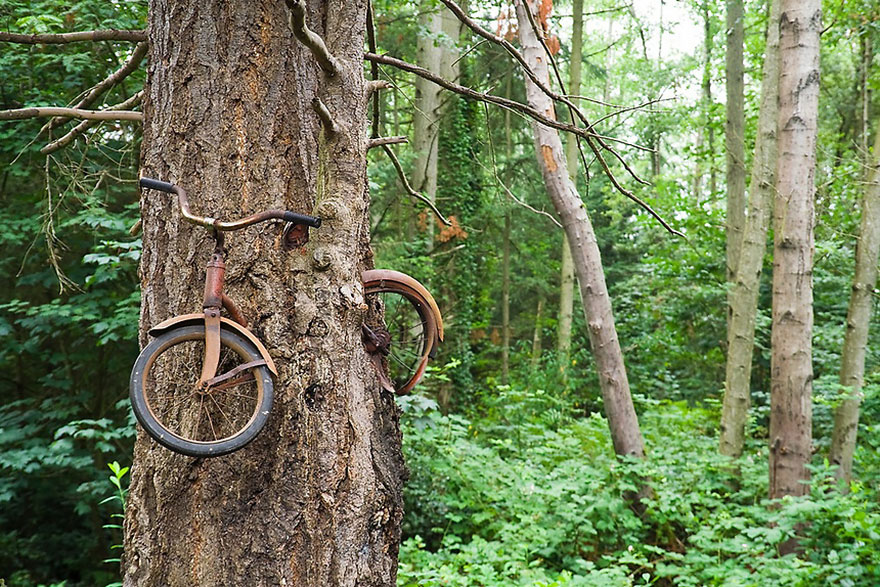


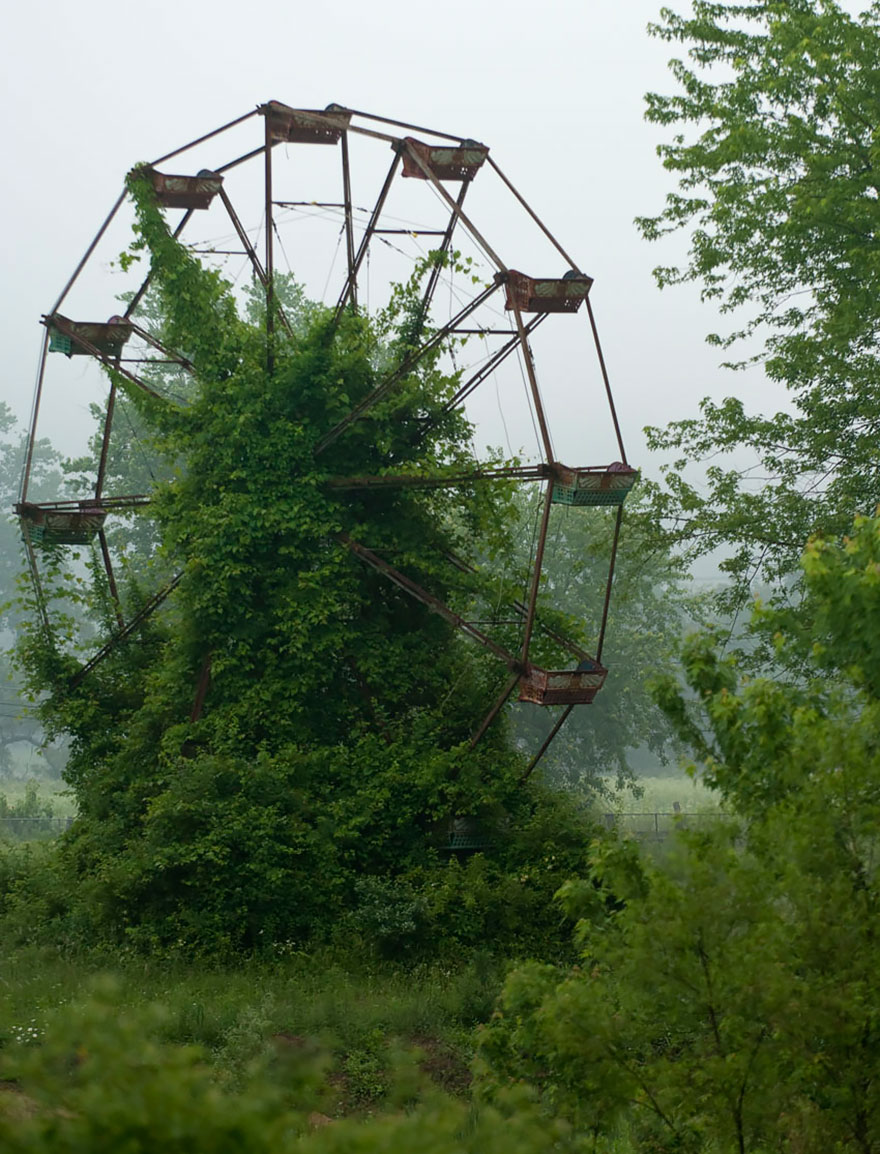
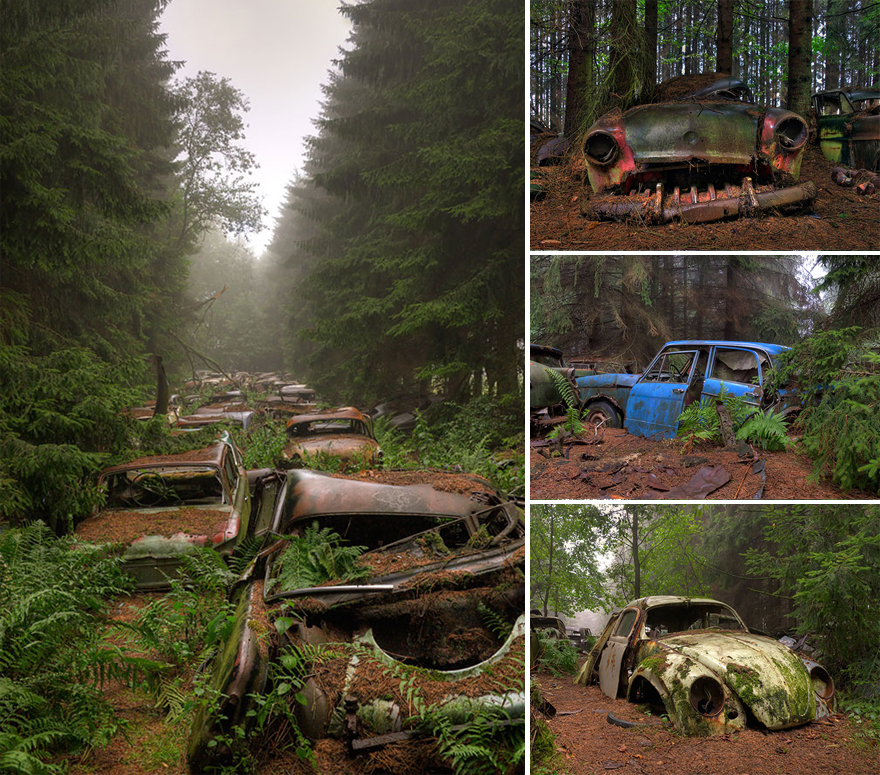








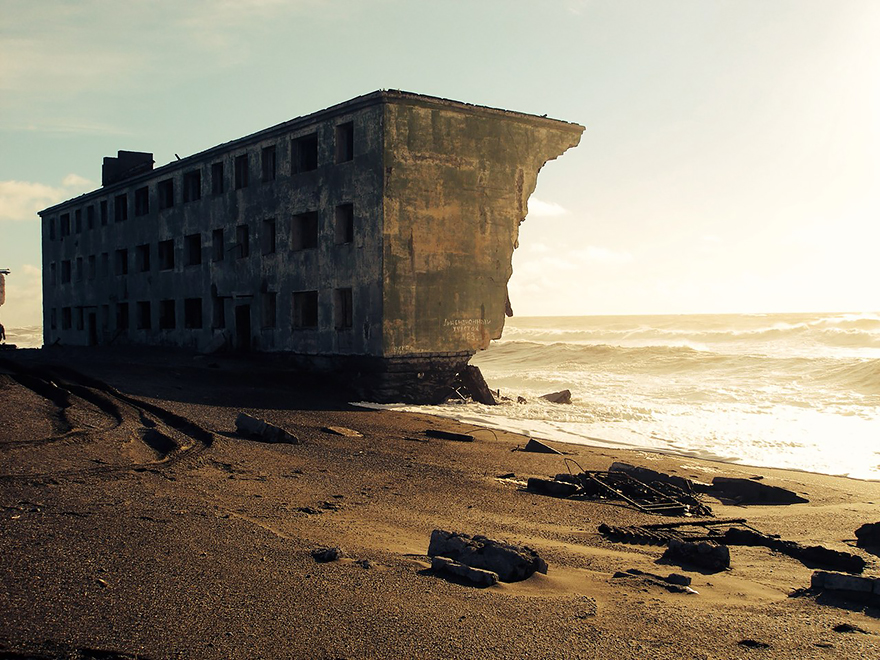





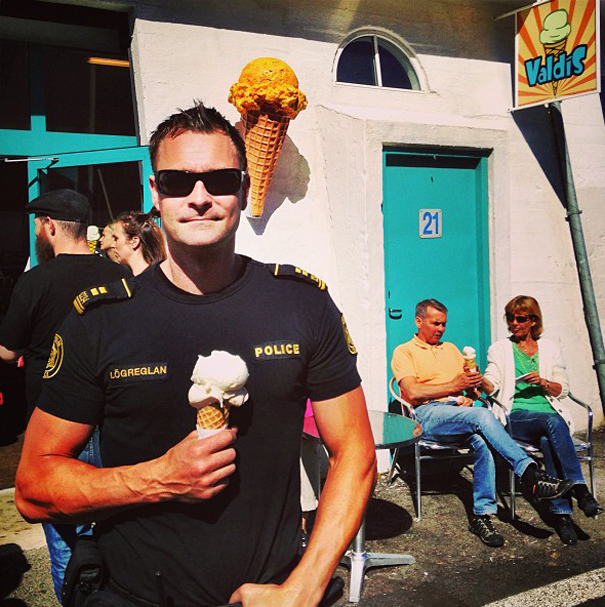


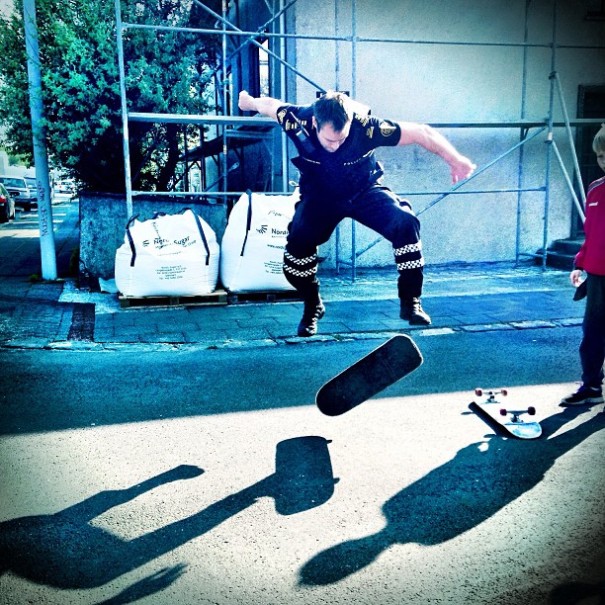

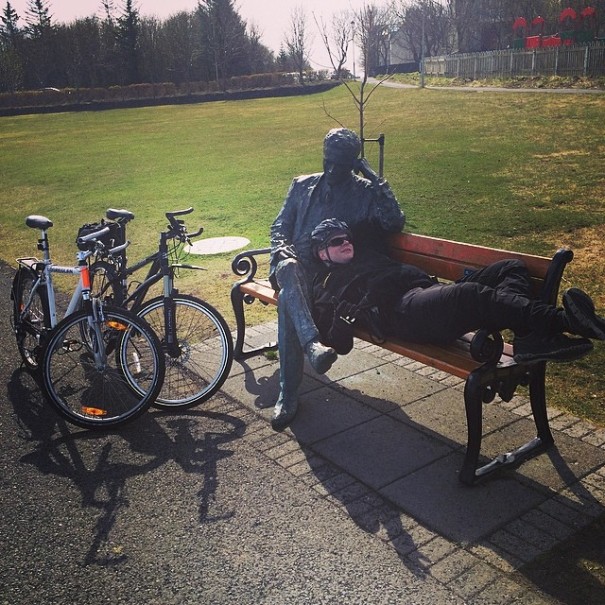

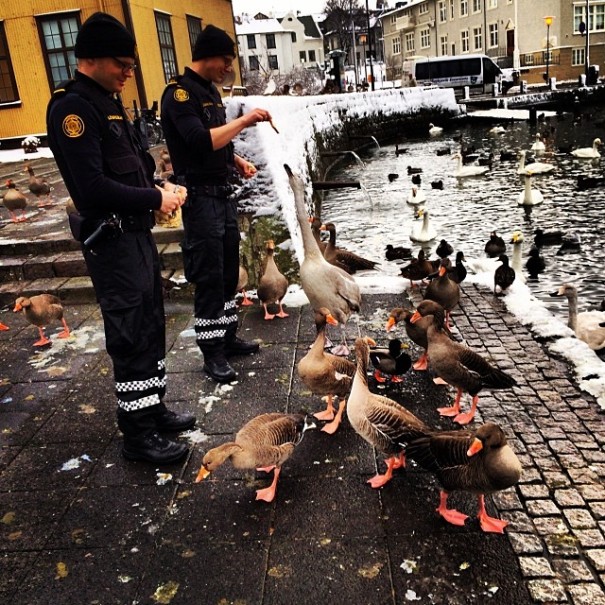


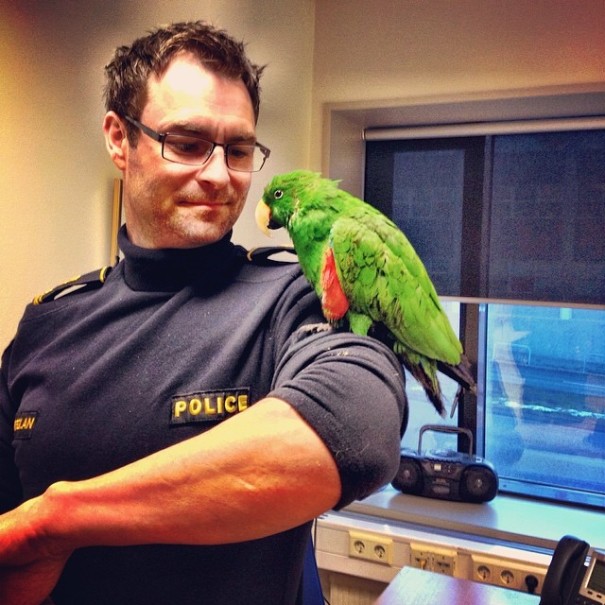


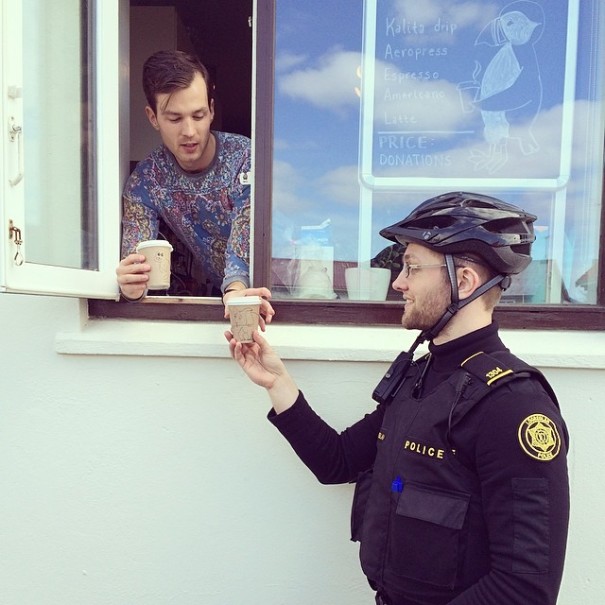






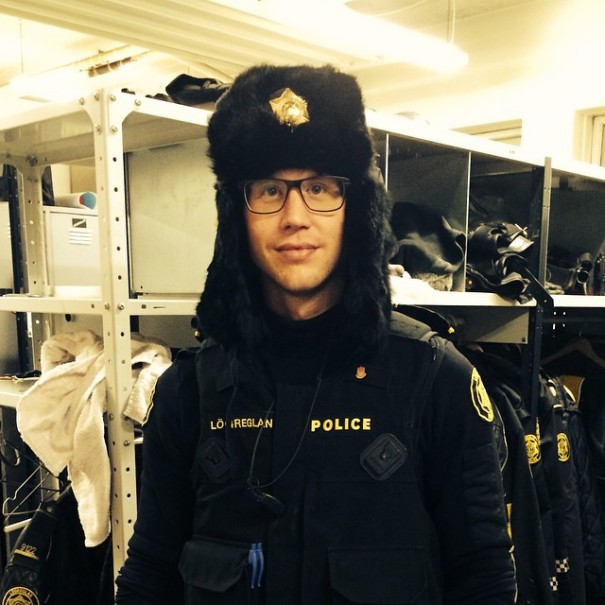
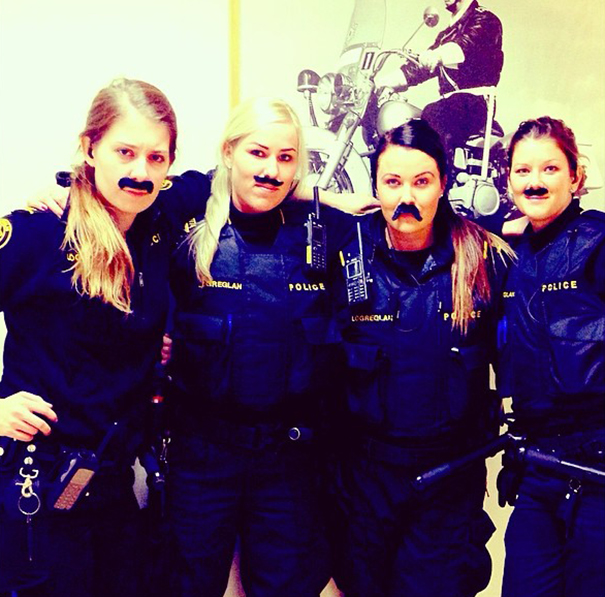





































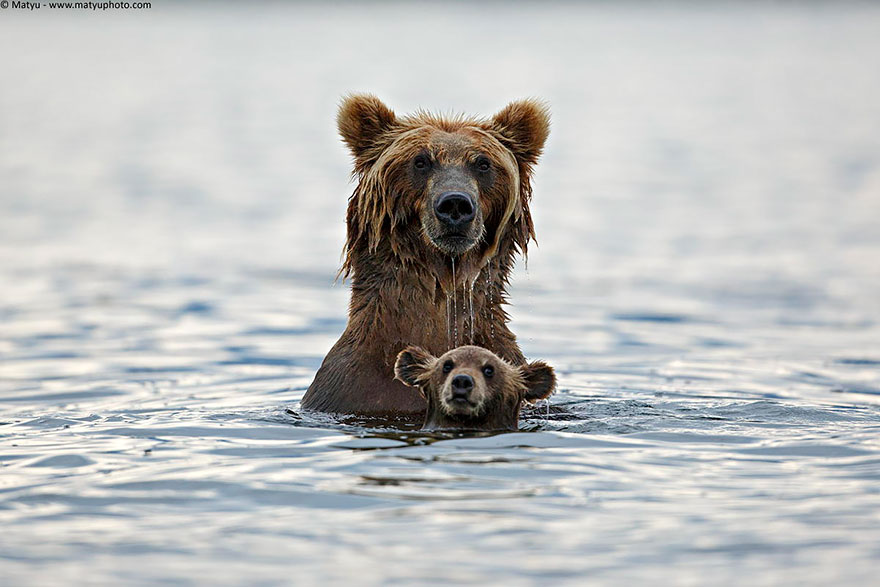
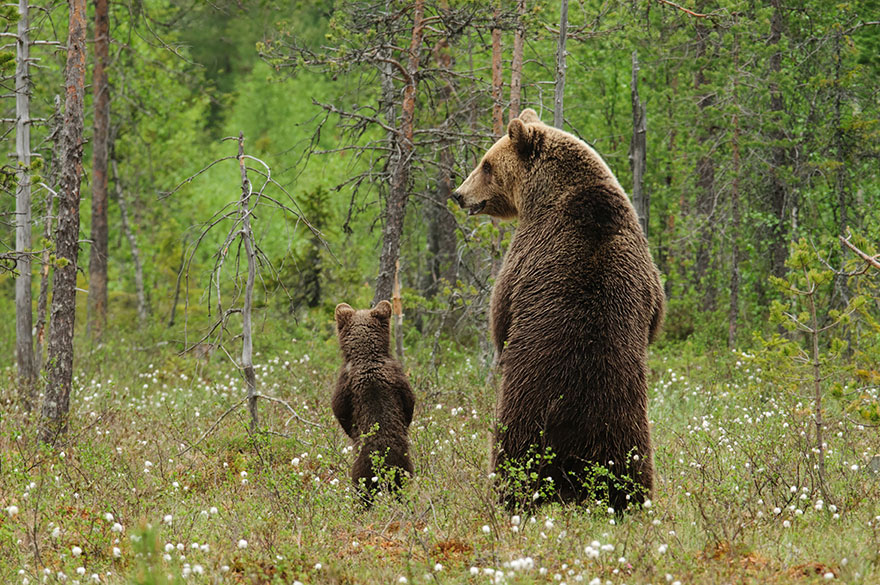
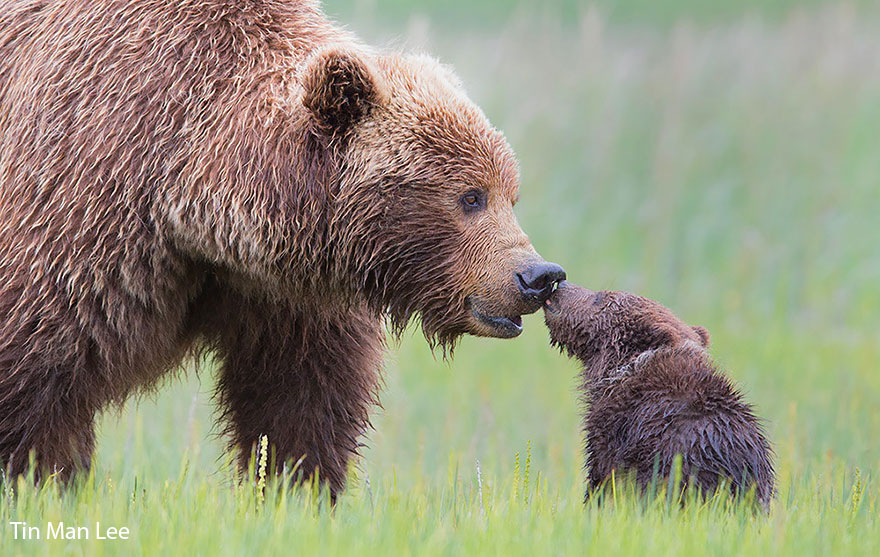
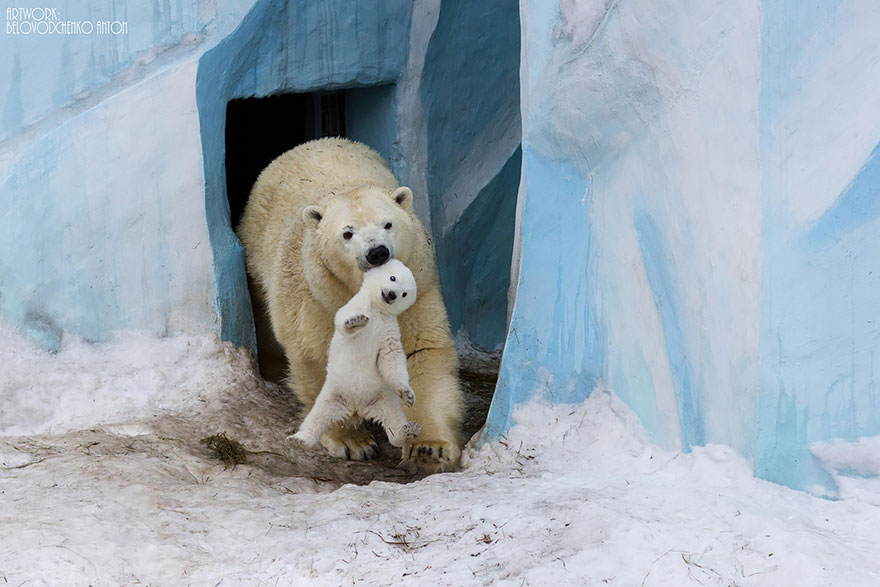
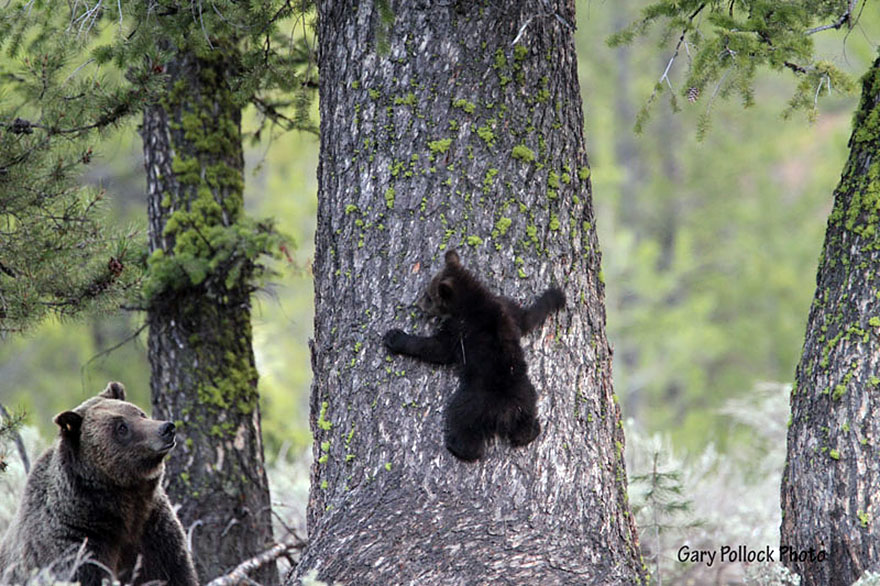


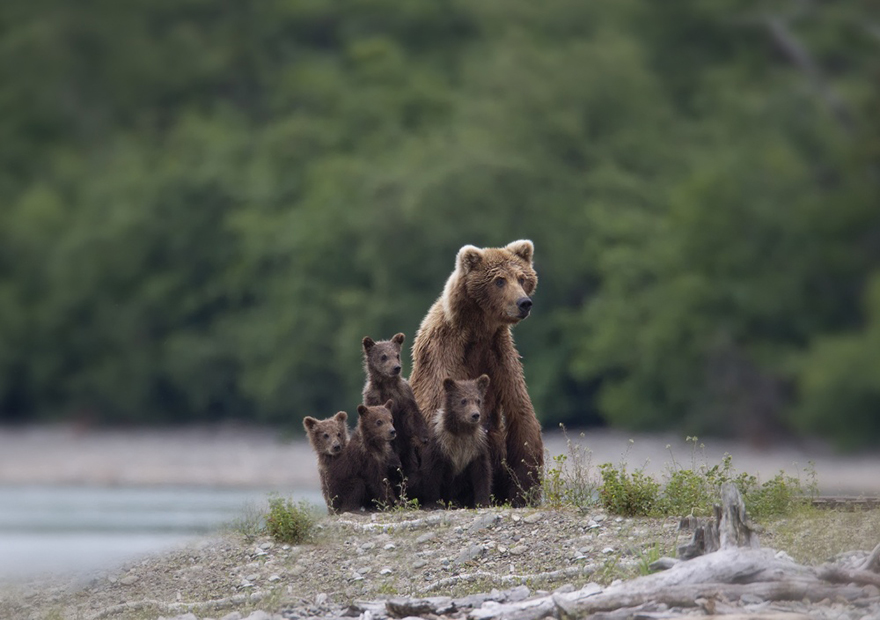
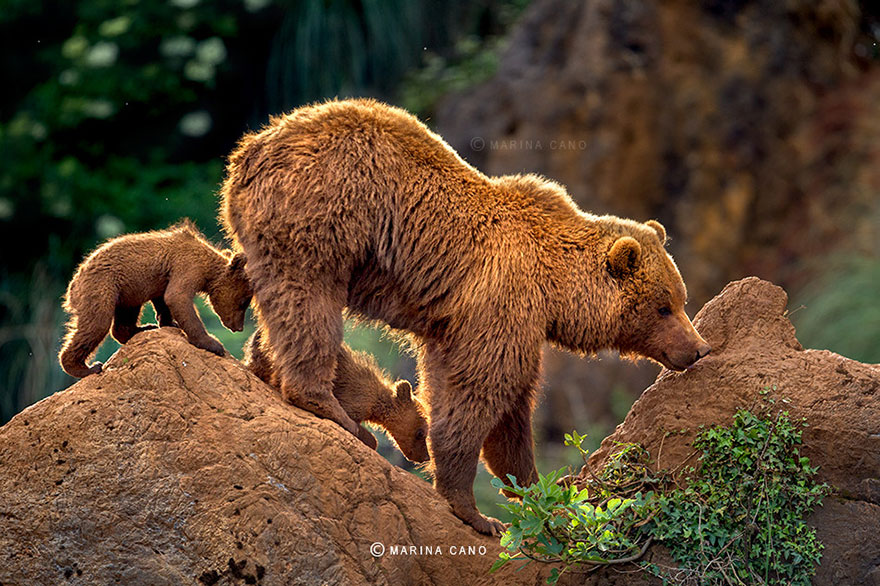


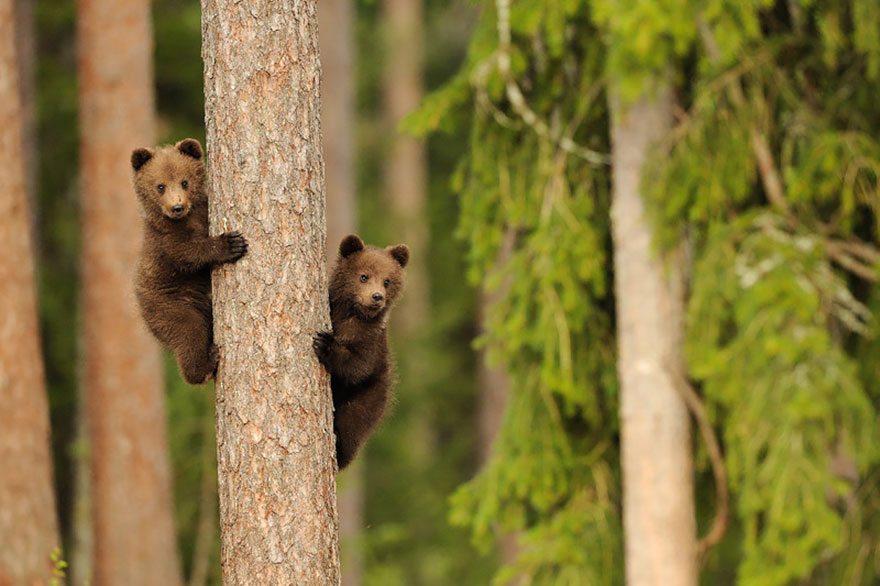


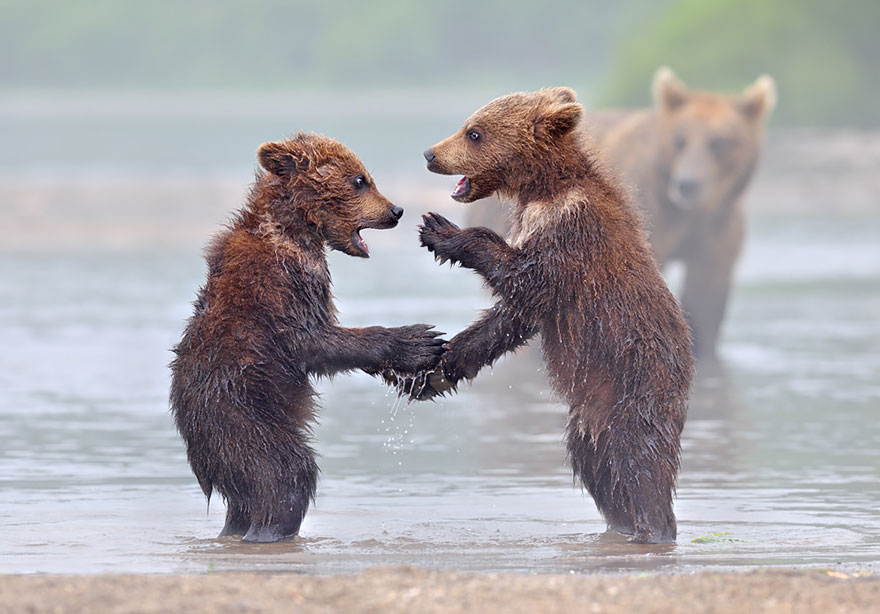


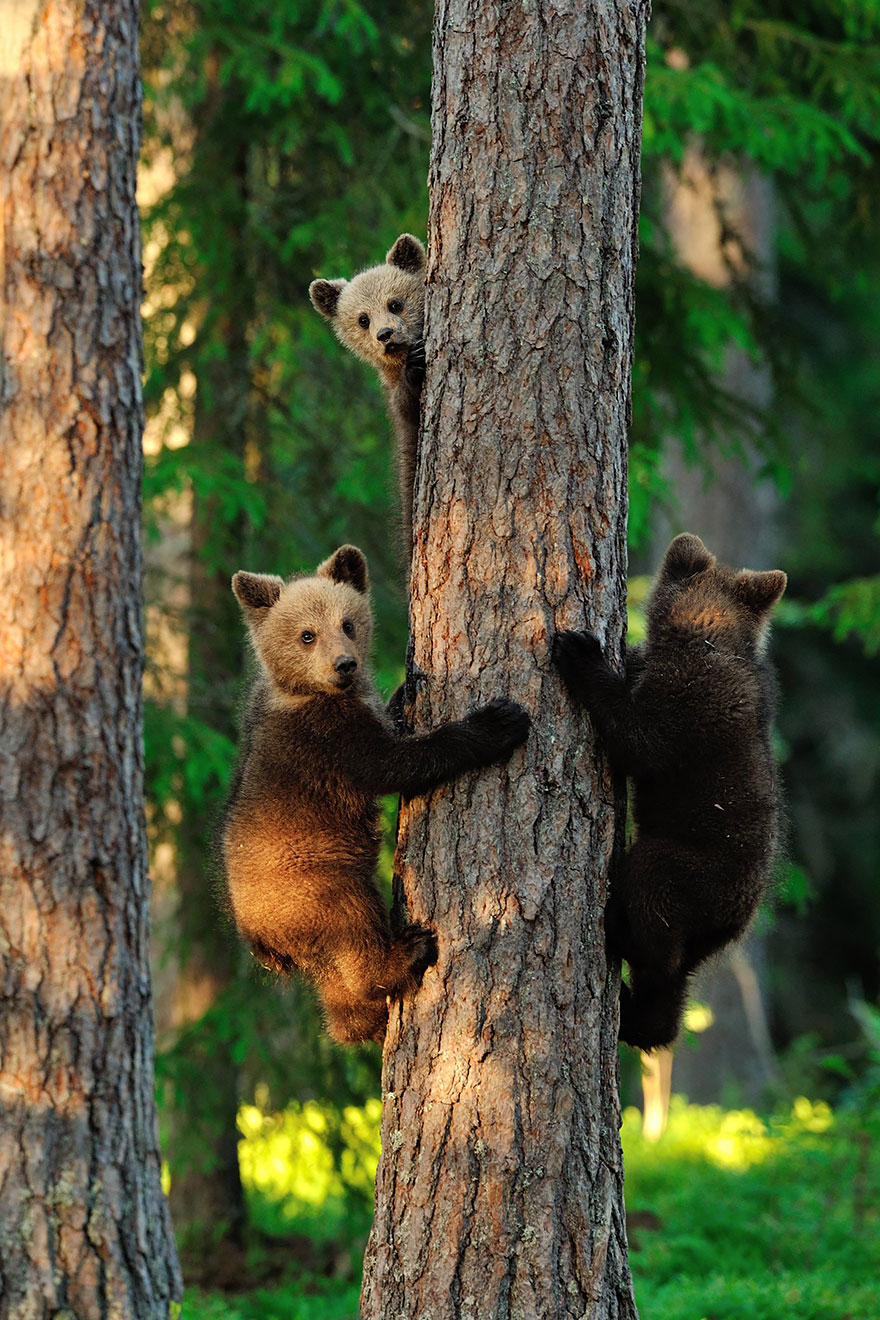
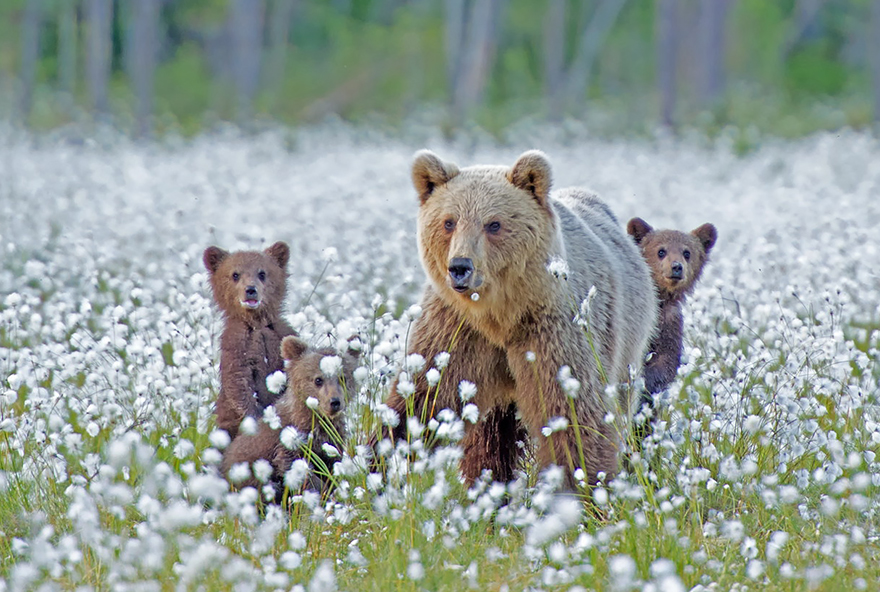

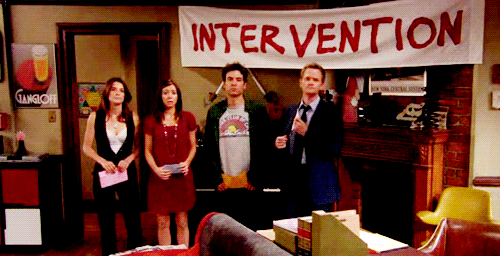
 At
At 
